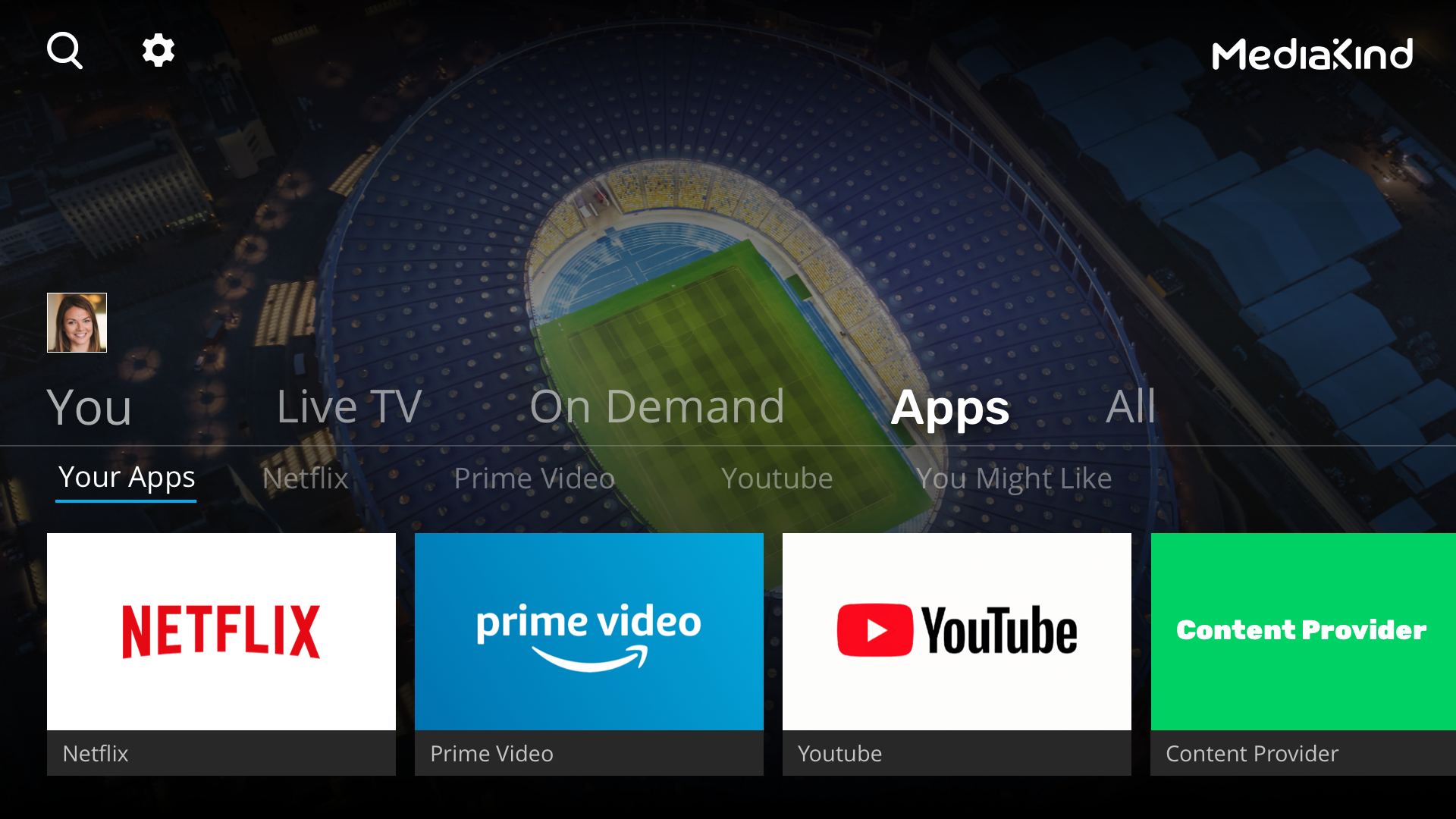The world of OTT is undergoing a journey of transformation, and it’s moving faster than ever. We can see this through the amount of time consumers spend searching and streaming vast quantities of OTT content – and this is reflected through the revenues generated. According to Digital TV research, OTT TV episodes and movie revenues for 22 countries across the APAC region will reach $54 billion in 2026 – a 90% increase since 2020 ($29 billion).
The OTT market is lucrative, and consumer interest is heightening. But the amount of time we spend searching for streaming content could stunt this progress. Content discovery should not be time-consuming, and it should certainly not disturb the user experience.

Content discovery today is very frustrating!
As a paid-up OTT consumer myself, I can relate to the frustration and exhaustion of spending up to 15-20 minutes every time I browse for content across four – sometimes five – different apps, typing through various search functions; only then to receive inconsistent recommendations. OTT consumers go through this entire process just to watch a movie or TV series they will enjoy!
There are numerous streaming apps and services that provide access to millions of movies and TV shows – so why aren’t we getting any closer to finding content that we want to watch? After all, with the abundance of OTT streaming content available to the consumer, content providers have never had such an excellent opportunity to reach consumers directly and cater to their diverse needs.
The present-day situation has altered traditional consumer and content provider dynamics. With a plethora of scattered yet relevant content sources, how can Pay-TV operators enable subscribers to find content from multiple sources with minimal fuss? For content providers, how can they expand their reach, reduce costs, gain new revenue and avoid compromising the end-user experience?
Content aggregation: the future of streaming?
The biggest differentiator in a world of endless content lies in personalizing the consumer experience. For us, at MediaKind, this means aggregation. Content aggregation enables the consumer to search and discover every possible content option from across multiple sources within one streaming platform.
Content aggregation platforms generally accumulate content across various sources by integrating third-party content providers such as Amazon Prime, Netflix, and Hulu, or even from local content providers. The purpose is to provide a centralized source for all OTT content and personalized recommendations to the end-user. MediaFirst TV Platform undertakes this fascinating journey and aggregates from various third-party sources to provide a converged one-stop-shop for all content. However, MediaFirst goes two steps further.
First, our platform provides a dedicated experience zone that includes an individual home page for each specific content provider. Second, it ensures the recommendation feed reflects the full array of content available – regardless of source – enabling aggregation to reflect the true content options available to the end-user. It also allows the consumer to pay for their service through one bill, which as my colleague Damien Montessuit recently remarked, is a “critical value-add.” Moreover, a dedicated and personalized catalog feed delivers a smooth, enriched, and relevant OTT experience.
The future? Content Federations!
Why is content aggregation the new norm in the streaming industry? And why should every operator consider partnering with a third-party content provider to be successful? The answer lies in the value proposition. A content federation provides a streamlined experience – taking assets from multiple content providers and ensuring they’re accessible from a single hub. All parties can benefit from this approach:
- Content providers:
Content providers act as the facilitator, providing aggregated catalogs of granted assets to the operator. Content providers can then expand the breadth of their audiences and brand reach.
- Pay-TV operators:
Operators can provide a single-entry point to a wealth of rich content. They can also help content providers to sign up new subscribers. Content aggregation, in essence, does away with the hassle of subscribing to multiple platforms and the time-consuming task of searching for content across disparate sources. The content reaches the maximum number of consumers, creating value across the entire chain. Seamless content discovery and personalized recommendations generate trust among users. By simplifying the overall streaming experience, operators can deliver more conversions, generate new revenue, and maximize growth potential.
- Consumer:
Content aggregation yields excellent benefits for viewers, too, as it presents an opportunity for holistic content discovery. This holistic outlook massively reduces the discovery time that would otherwise be lost switching back and forth from one content provider to another. A standardized search experience through the remote’s voice feature or traditional text search significantly improves the assets’ discoverability.
By creating a dedicated feed for different content providers like Netflix, Amazon Prime, and Hulu, new features can be enabled, providing easy access to a unique assortment of assets. This combination, therefore, serves the consumer’s preference and need for personalized, curated content and single billing.
How does content aggregation work within the MediaFirst TV platform?
There are multiple ways to create an ecosystem of aggregated content. However, it mainly depends on the geography targeted, the partnering content providers, and the universal metadata providers that can enable it. The MediaFirst TV Platform ecosystem provides:
- Specific universal metadata, which is pre-integrated within our content infrastructure
- Client-side app integration for content providers who wish to mandate it
- Traditional VOD ingestion within the CMS, providing a deep-linking URL that integrates with manifest files and asset details
Combining our flexible framework and our approach to content aggregation means we can bring transparency to the consumer device and enhance the Pay TV operator service. MediaKind also provides out-of-the-box support for devices, including Android TV, STBs, and retail clients.
In short, content aggregation is a topic that benefits all stakeholders; pay-TV operators, content owners, and consumers alike. It’s time to end the frustration!



